Summer Travel
Summer is when most people travel, whether they have school-aged children or not. It’s peak season everywhere, which means costs are higher and crowds are more. However, you'll be able to witness landscapes, events, and activities that you won’t be able to see at any other time of year. So, whether you’re wanting to go to the mountains to escape the heat or to the coast to soak up the sun, we’re here to help you plan your perfect summer vacation. Through this series of articles, I intend to share our stories and experiences of travels during summer with our fellow photography and travel enthusiasts. I hope they help you plan your summer travels!
Chefchaouen, dubbed as the ‘Blue City of Morocco,’ is a picturesque town nestled in the Rif Mountains of northern Morocco. It is a haven for photographers, artists, and seekers of serenity. What truly sets it apart is its iconic blue palette. Painted in calming shades of sky, azure, and indigo, the town’s medina is a maze of narrow alleyways, staircases, and doorways drenched in layers of blue. With a slow pace, friendly locals, artisanal handicrafts, and unmatched scenery, Chefchaouen is more than a destination - it’s an experience carved in cobalt and tranquility.
Tucked along Morocco’s Atlantic coast, Asilah is a town where history, art, and the sea meet in poetic harmony. Its whitewashed walls, accented by bright blue doors and colorful murals, make it one of the most photogenic towns in the country. Originally settled by the Phoenicians as early as 1500 BCE, Asilah has seen a parade of rulers - Romans, Idrisids, Portuguese, and Spaniards - each leaving behind a unique architectural and cultural footprint. The Portuguese built the city’s ramparts in the 15th century, parts of which still encircle the medina today. In the 20th century, Moroccan authorities restored the medina, making it one of the cleanest and best-preserved in the country.
Nestled between the Rif Mountains and the Mediterranean coast, the UNESCO World Heritage town of Tetouan carries an identity shaped by its location, history, and cultural soul. Known as La Blanca or The White Dove, the city gleams with whitewashed buildings that reflect purity, elegance, and a deep connection to its Andalusian past. Tetouan flourished in the fifteenth and sixteenth centuries when Muslim and Jewish refugees crossed from Spain, bringing with them a legacy of art, architecture, language, and craftsmanship that continues to define the city’s atmosphere. Their influence is visible in the medina’s delicate wooden balconies, tiled courtyards, and intricate carvings that mirror the traditions of Andalusia.
Tangier, perched at the meeting point of Europe and Africa, has always been a city that sparks curiosity and imagination. With Spain visible across the Strait of Gibraltar, the city has for centuries served as a natural bridge between continents. Phoenicians, Romans, Arabs, Portuguese, and Spanish all shaped its character, leaving traces of their civilizations in the streets, squares, and fortifications that still define the urban landscape. Its strategic location allowed Tangier to become a bustling port city where merchants, travelers, and diplomats gathered, creating a multicultural identity that continues to thrive today.
During the tenth labor of Hercules, which was to retrieve the cattle of Geryon, a fearsome giant, he had to pass through the Atlas Mountains, then thought to be the edge of the known world. Legend has it that instead of scaling the mighty mountain range, Hercules smashed through it with his superhuman strength, creating the Strait of Gibraltar and separating Europe from Africa. The Caves of Hercules are said to be the place where he rested after this heroic act before moving on towards his eleventh labor, i.e., stealing the Apples of the Hesperides.
A British Overseas Territory on the southern tip of Spain, Gibraltar is a strategic gateway between the Mediterranean Sea and the Atlantic Ocean. Despite being only 6.7 square kilometers in size, it holds immense geopolitical and historical significance. For centuries, it has stood as a sentinel guarding the Strait of Gibraltar, a narrow waterway that separates Europe from Africa and connects the Mediterranean Sea to the Atlantic Ocean. The Rock itself rises dramatically from the sea, its limestone cliffs concealing both natural wonders and secret wartime tunnels.
For photographers, The Hague is a treasure trove of visuals; from moody canals and Gothic buildings to beachside sunsets and cosmopolitan street scenes. This article will take you on a visual journey through the most Instagrammable spots across the city, including both its old-world elegance and contemporary edge. Whether you’re a street photographer, architecture lover, or casual Instagrammer, The Hague has the perfect shot waiting for you at every turn!
Tucked along the windswept coast of Normandy in northern France, Étretat is a small seaside town famous for its dramatic white chalk cliffs and natural rock arches sculpted by the sea. Once a quiet fishing village, Étretat blossomed in the 19th century as a fashionable beach resort, attracting writers, artists, and Parisian elites. Its raw beauty, combined with the serenity of the sea and sky, has inspired generations. Étretat was immortalized by the French Impressionist painter Claude Monet through innumerable paintings of the town’s striking cliffs. Today, Étretat stands as a jewel of Normandy - a place where cliffs meet canvas, and history lives in the landscape.
Born as a Roman city, renowned as the birthplace of cologne (as in the perfume), and home to the world-famous twin-spired Kölner Dom (Cologne Cathedral) along with twelve other Romanesque churches, the love lock Hohenzollernbrücke (Hohenzollern Bridge), the historic Altstadt (Old Town), Rheinauhafen (Rhine harbor district), museums, murals, festivals like Christmas Markets and Carnival, and a unique local beer (Kölsch) scene, Cologne (Köln in German) serves as the perfect European city break for travelers of any age.
The multicultural Qatari capital Doha is dubbed as the Pearl of the Middle East where the old and the new coexist. Being a city steeped in culture, tradition, and heritage, it is home to some of the most striking museums, galleries, and public art projects in the region. Traditional dhows (wooden cargo boats) bob on the water, palace guards still ride camels to patrol the streets, and in the city's century-old souk, traditional fabrics, fragrances, and even falcons are on sale. That my friends, is Doha for you!
Located in the Middle East at the eastern tip of the Arabian Peninsula, the thriving nation of the United Arab Emirates (UAE), or simply the Emirates, is a federal, elective monarchy made up of seven emirates (autonomous city-states) namely Abu Dhabi, Dubai, Sharjah, Ajman, Umm al-Quwain, Ras al-Khaimah, and Fujairah. In addition to marine boundaries in the Persian Gulf with Qatar and Iran, as well as with Oman in the Gulf of Oman, it shares land borders with Oman to the east and northwest and with Saudi Arabia to the southwest. The largest of the seven emirates, Abu Dhabi is the capital of UAE, and the most populous port city of Dubai is an international financial and commercial hub housing hundreds of global companies in a forest of skyscrapers.
While the glitzy cityscapes are fascinating, the true essence of Dubai lies deep among the desert's red sand dunes, and the best way to experience it is the desert safari. You will feel the thrill of the desert and discover the traditions and culture of the ancient Bedouins who once lived in the dunes. So, in a nutshell, Desert Safari Dubai combines adventure, nature, and culture which is why it is one of the highlights of Dubai tourism. Today, I’m going to share our experience of Desert Safari Dubai with you. Let the journey begin!
One of the biggest mosques in the world, the Sheikh Zayed Grand Mosque, located in Abu Dhabi, the capital city of the United Arab Emirates is a vast architectural masterpiece that purposefully combines elements of several Islamic architectural styles. It is the largest mosque in the United Arab Emirates, the third largest in the world, and the main site of worship for daily Islamic prayers. The Grand Mosque has been a major stop for visiting visiting foreign leaders during official state visits to the United Arab Emirates. Among the notable guests are former US Vice President Joe Biden and Indian Prime Minister Narendra Modi.
Today I’m going to tell you a remarkable tale! A tale of human craftsmanship, envisioned by a Hindu hermit, designed by a Catholic lead architect and a Buddhist foundational designer, managed by a Sikh, and constructed by a team of Jains and Parsis (Zoroastrians) on a land gifted by a Muslim leader. Welcome to BAPS Hindu Mandir Abu Dhabi!
Situated near Faxaflói Bay in southwest Iceland, Reykjavík is the capital of Iceland and the northernmost capital of any sovereign state globally. Glaciers, earthquakes, and volcanic eruptions have sculpted the landscape of the city over the millennia, as the area is geothermal; after all the name translates to "Smoky Bay." Though it only has 120,000 residents, it's a thriving city that welcomes a growing number of tourists each year. It is the political, cultural, and economic hub of Iceland and is regarded as one of the world's safest and cleanest cities.
Many nations have windmills, but the Netherlands has so many of them and they are such a significant part of the nation's industrial and cultural legacy that many people throughout the world associate windmills with the country. From the Middle Ages onward, windmills have been a defining feature of the Dutch countryside. In the heyday of the windmills during the 19th century, there were roughly 9,000 windmills in the country. Even though the Industrial Revolution replaced windmills with steam, diesel, and later electricity, over 1,000 antique windmills, many of which are still operational, still stand throughout the Netherlands thanks to historic preservation initiatives. Today, along with cheese, tulips, and clogs, they are among the most well-known images of Holland. For this reason, visiting a windmill has to be at the top of your travel itinerary when visiting the Netherlands.
A vast ocean of endless tulip fields, medieval windmills, charming canals, modern bicycle lanes, and postcard-perfect countryside - these are the images that appear in our minds when we think of the Netherlands. However, we tend to forget that the Netherlands also has its fair share of castles and palaces thanks to the royal families and nobilities who shaped the rich history of the country over the ages. Many of these were built during the medieval times either as defensive structures or luxury residences. Over the years, the purpose of these castles and palaces has changed, and today, they’ve turned into government offices, museums, and tourist attractions, where visitors come to admire the architecture, art collections, and gardens.
Uniquely situated on the rift between the North American and Eurasian tectonic plates at the junction of the Atlantic and Arctic Oceans, the island nation of Iceland is aptly dubbed as the ‘Land of Fire and Ice,’ due to the presence of some of Europe’s largest glaciers and most active volcanoes at the same time. Iceland is a country with dramatic diversity in climate and geography ranging from volcanoes, lava fields, mountains, glaciers, ice caves, waterfalls, rivers, lakes, hot springs, and black beaches. And due to its vicinity to the North Pole, it’s also an iconic destination to chase the Northern Lights. All of these together, create an enchanting otherworldly ambiance that cannot be expressed in words but has to be experienced in person. And probably that’s the reason why Iceland has been the backdrop of several Hollywood and Bollywood movies and TV Series like Starwars, Tomb Raider, Die Another Day, Batman Begins, Thor: The Dark World, Interstellar, Fast and Furious 8, Game of Thrones, Vikings, and Katla to name a few!
Near the village of Wierum is an old shipwreck from the second world war times that emerges from the sea only during low tides. This wreck symbolizes a crucial part of the Wadden Sea's cultural history - the struggle for territory between man and nature that occurred here from the Middle Ages to the present. It first appeared close to the Schoorsterhoofd, in the west but eventually started to wander towards Wierum and ended up becoming trapped in the mud. Ever since it’s been here getting gradually affected by the ebb and flow gradually but steadily affecting the praam.
There is an inherent fascination with things that are outside the norm for many people. The widespread appeal of the Guinness Book of World Records is living proof of this. Therefore, for something to be the tallest, largest, oldest, greatest, or tiniest is a great thing for business. As a result, a few locations claim or market themselves to be "smallest” in the Netherlands which is driven by the local merchants and the chamber of commerce supporting them. And then naturally, it also means, there will always be an element of ambiguity in these kinds of claims. Today I’m going to talk about two such “smallest” settlements in the Netherlands. Let the journey begin!
Before we begin our story today, let me ask you a “Did you know?” question. Did you know that there are Stonehenges in the Netherlands? And that they are older than the English Stonehenge and the Egyptian Pyramids? And that too not just 1, but 54? If not, this article is for you. In this article, I’m going to demystify the prehistoric Hunebedden (meaning giant beds in Dutch) for you. So without further delay, let me share with you the intriguing story of the Hunebedden or Dolmens of the Netherlands.
To me, Switzerland is all about mountains, lakes, waterfalls, alpine villages, and historic towns. So you need to choose an itinerary combining one or two of each of the above to experience the beauty of Switzerland in its entirety. Also, having too many of each of these may be overkill and turn out to be a very expensive Swiss drama. So, in our itinerary, we chose the best of each of the above to ensure we capture the true essence of Switzerland in our hearts forever, while keeping the itinerary cost-effective.
Dolfinarium Harderwijk in the Netherlands is the largest marine mammal park in Europe that interactively brings humans and nature closer together. Here, you can see charming bottlenose dolphins, naughty porpoises, enormous walruses, roaring sea lions, and stumbling seals performing up close in a variety of shows. You can even get to pet some sharks and rays! It also features 4 fantastic playgrounds and the magnificent water park ‘Waterpret.’ Today, around 600,000 people visit Dolfinarium every year.
The lush countryside immediately north of Amsterdam is known as Waterland. Waterland is both land and water, as its name implies. With thousands of little canals, brooks, rivers, and lakes, this landscape is almost entirely covered by water. It's known as "Amsterdam's wet back garden." This rural area boasts a scenery that is genuinely representative of the Dutch landscape: it is flat, abundant with historic "polders" (reclaimed land tracts), lush green pastures, twisting dikes, and functional windmills. In a nutshell, Waterland is the Netherlands, and it's only a short distance from the hectic metropolis. Nevertheless, this area is absolutely distinct from Amsterdam. It is a place where "the clock ticks more slowly," as we like to say in the Netherlands!
The lavender fields in Provence are among the most well-known in the world. Every year between mid-June and mid-August, when the Provence lavender fields begin to take on their distinctive purple tint, and the countryside gets inundated by their sight and scent, it reminds us that even when life is about to come to a standstill at the whim of the sun's powerful rays, the earth can still ripen, that there can be joy amidst misery. And that, my friends, is not a sight to be missed! Today I’m going to take you along with me on a ride across the best lavender fields of Provence. Let the journey begin!
Summers in the Netherlands can be a genuine celebration with the sun, sea, beach, festivals, music, overnight stays, lovely pavement cafés, delectable food, and fine wine! The longest day of the year, or the Summer Solstice, which occurs on June 21, marks the beginning of summer, according to the astronomical calendar. June, July, and August are regarded as the summer months by meteorologists. As a result of its maritime climate, which is influenced by the North Sea and the Atlantic Ocean, the Netherlands experiences a variety of weather conditions throughout the summer, including a few hot days with temperatures considerably over the 25-degree threshold.
Since before the advent of Christ, the Dutch have been associated with cheese. Researchers have uncovered pieces of cheese-making machinery that date back to 200 BC. Due to the Netherlands' lush environment, which was ideal for cattle rearing, cheese-making had become an integral part of Dutch culture by the Middle Ages. Markets for cheese grew briskly, and communities with weighing privileges were able to construct ‘Weigh Houses’ and enjoyed unique status.
The inverted letter ‘Y’ shaped (or ‘lambda’ for science students) lake of Como (also known as Lario) is a gorgeous glacial lake in the Lombardy region of Italy, 50 km north of Milan. After Lake Garda and Lake Maggiore, it is the third-largest lake in Italy with a surface area of 146 sq. km. With a depth of 425 m, it is the fifth-deepest lake in Europe. Home to picturesque villages, elegant villas, luscious green mountains, and sparkling blue shores, Lake Como is a place where gleaming red Ferraris glide through little lakeside towns and aristocrats, royals, and celebs vacation in neoclassical villas. Here the 2006 Bond film ‘Casino Royale’ was partly shot and many of the opulent lakeside hotels are priced like 007 properties. Hollywood star George Clooney is known to spend the summer months at his 25-room Villa Oleandra in Laglio on Lake Como.
The Republic of San Marino situated on the slopes of Mount Titano 657 meters (2,156 feet) above sea level, northeast to the Apennine Mountains, is a European microstate landlocked by Italy on all sides, offering breathtaking views of the Adriatic coast. With a population of 33,562 and a land area of just over 61 sq. km, it is the third-smallest independent country in Europe after Vatican City and Monaco, the fifth-smallest country in the world, and until the independence of Nauru (1968), the smallest republic in the world.









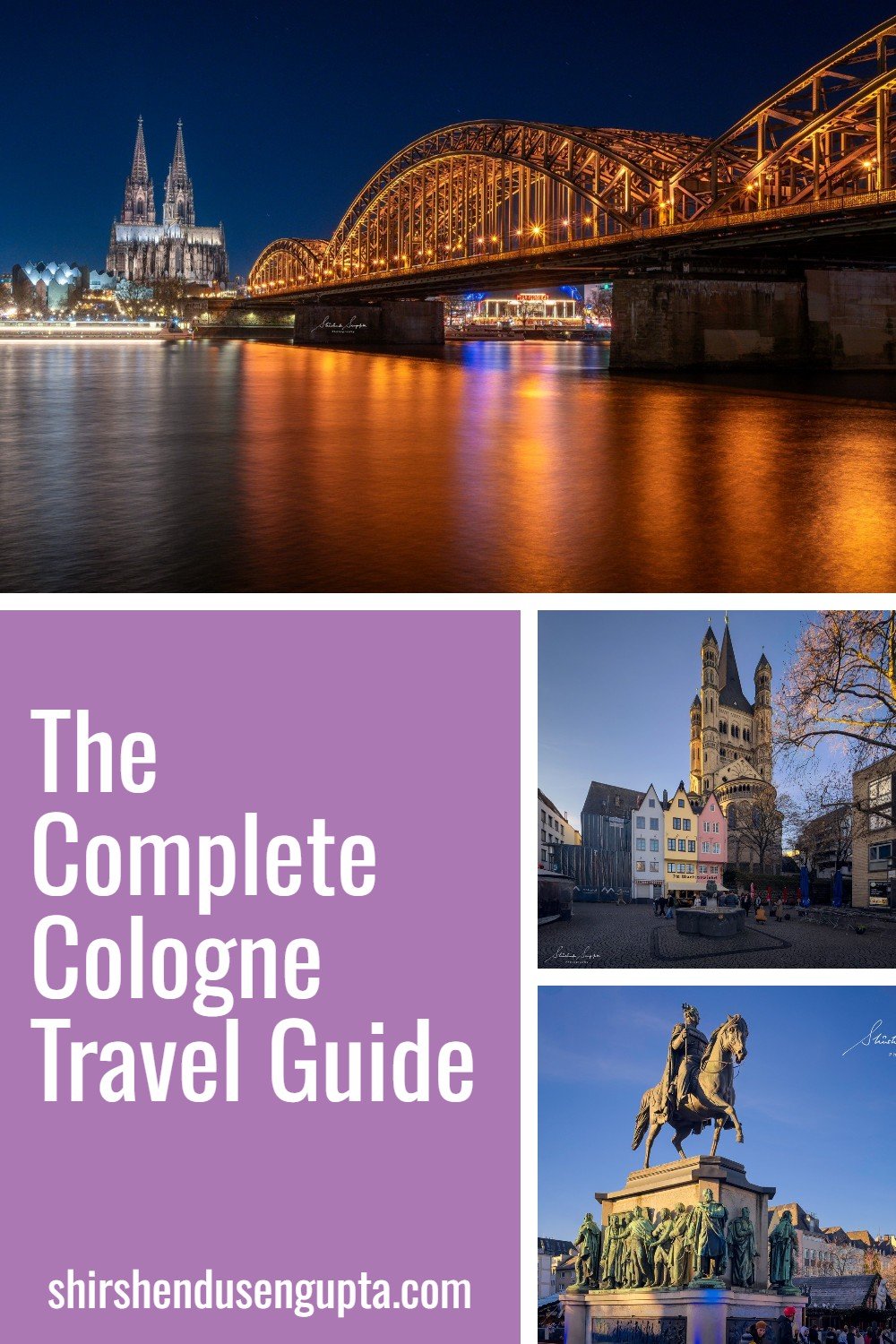
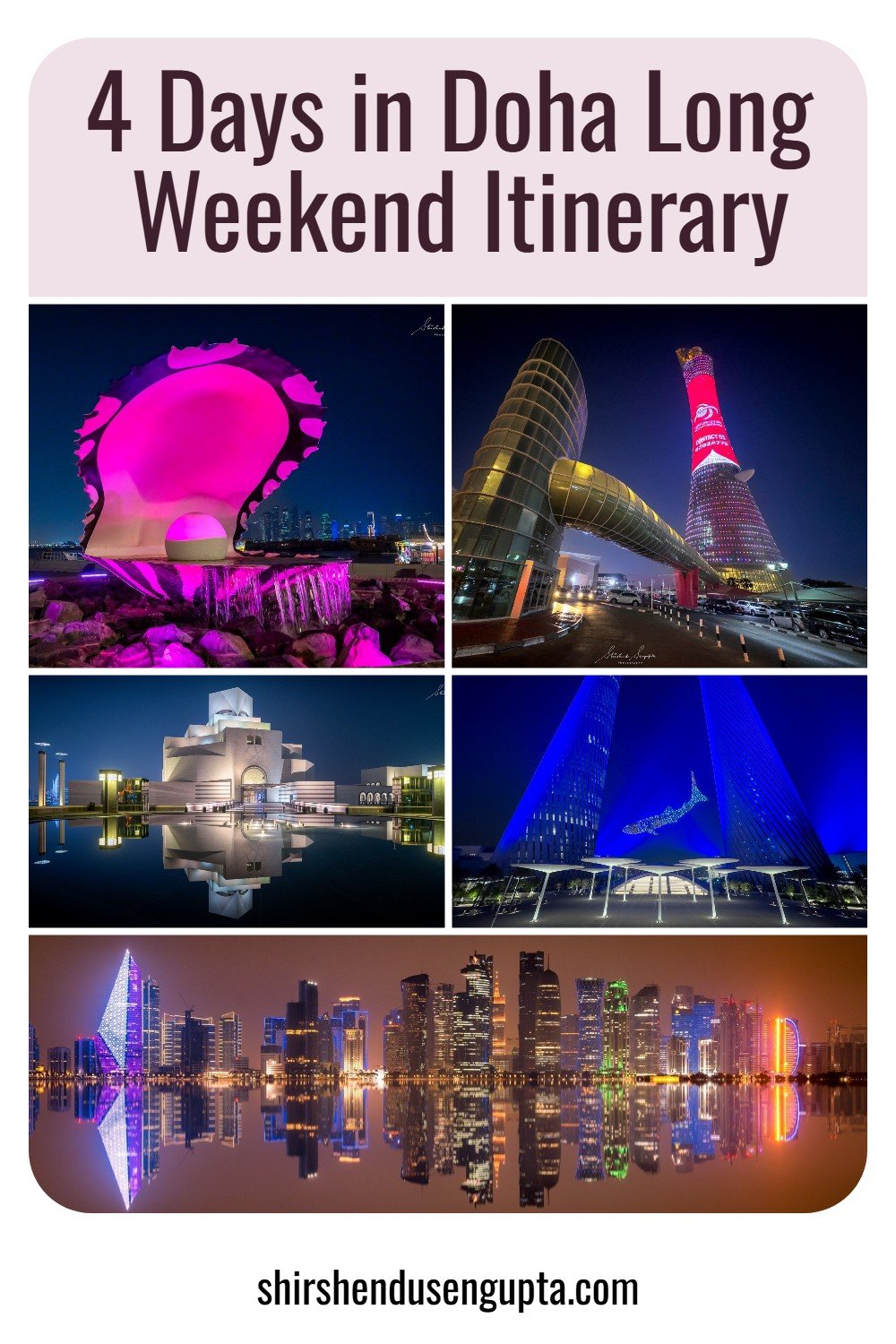
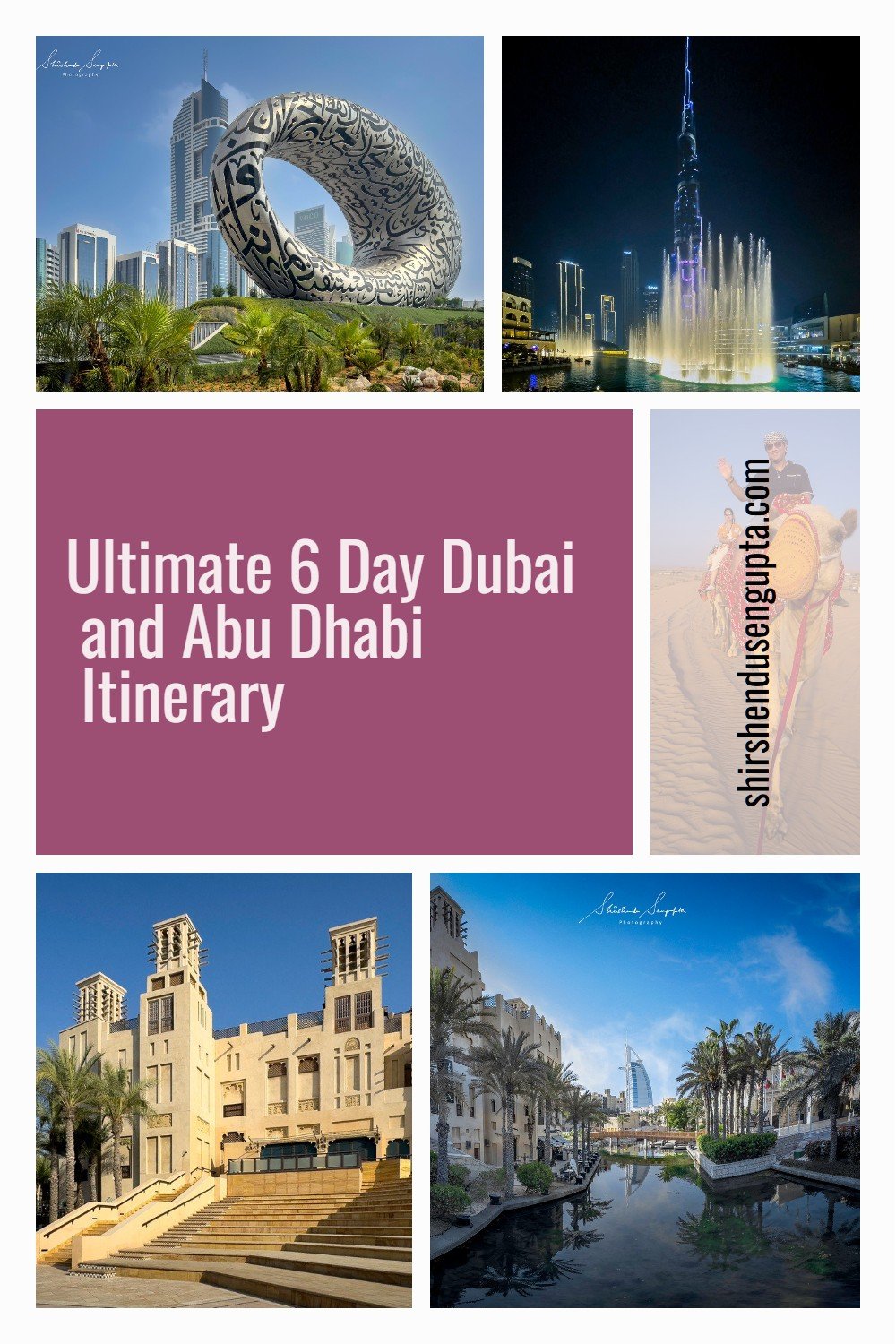

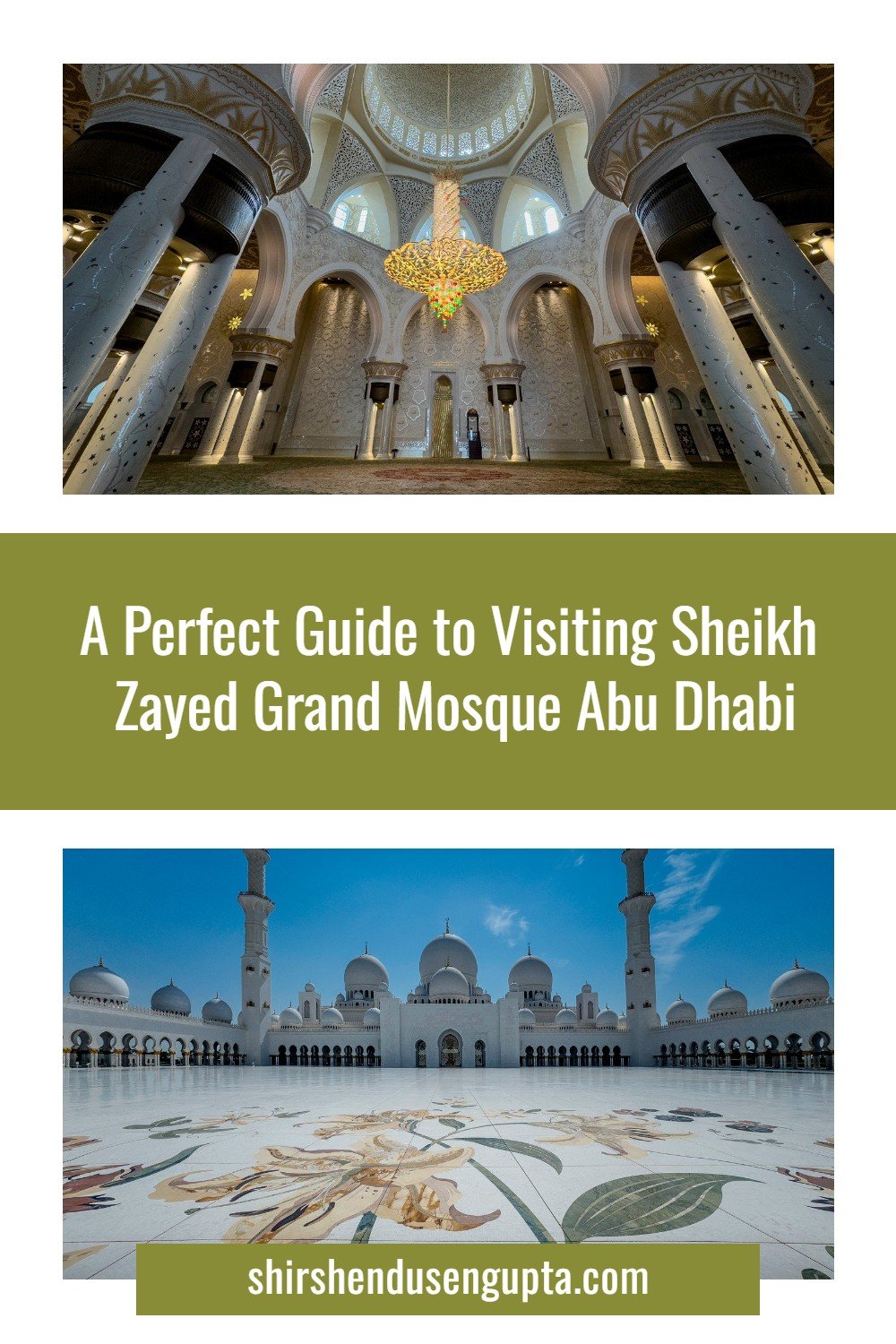

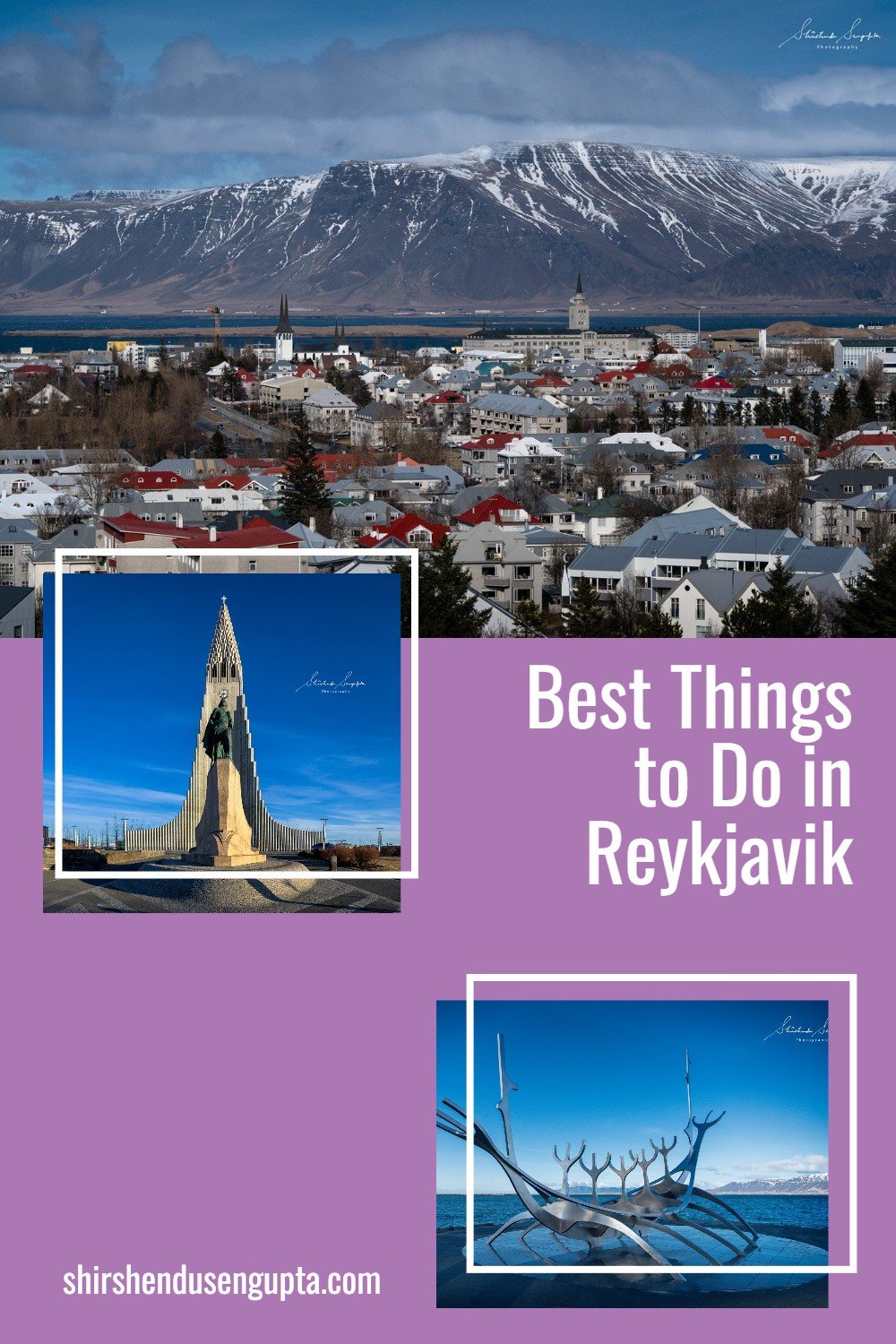
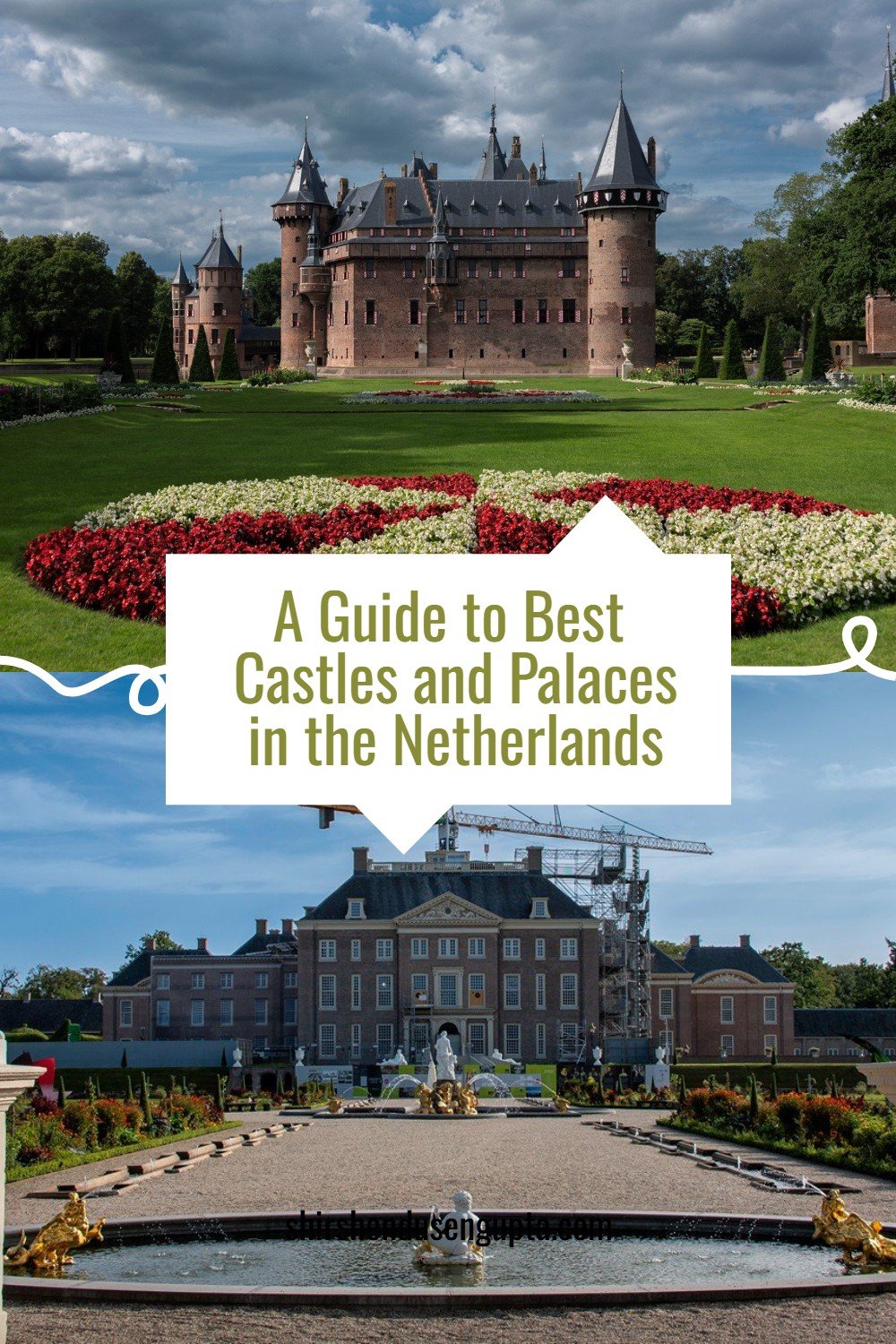
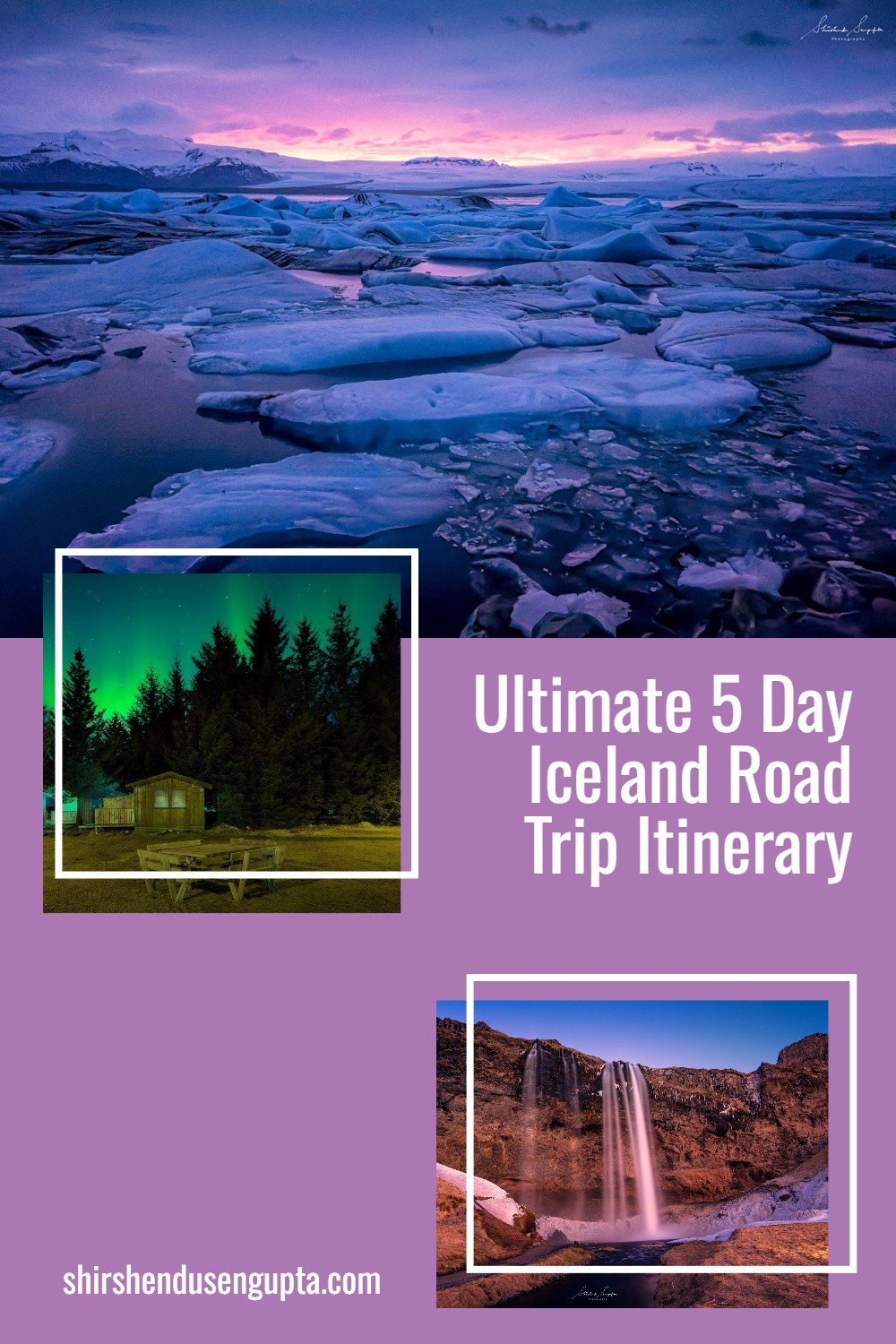
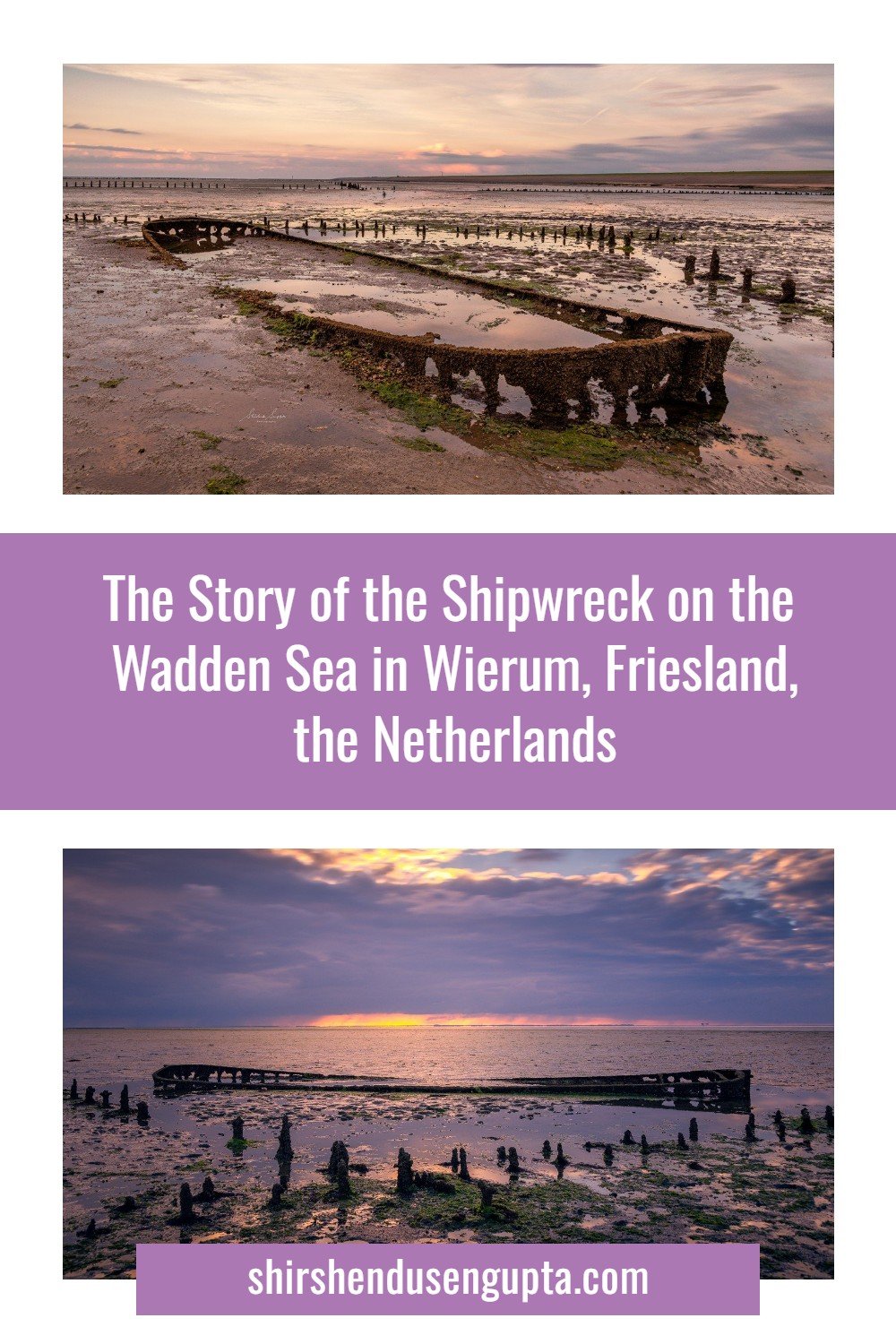
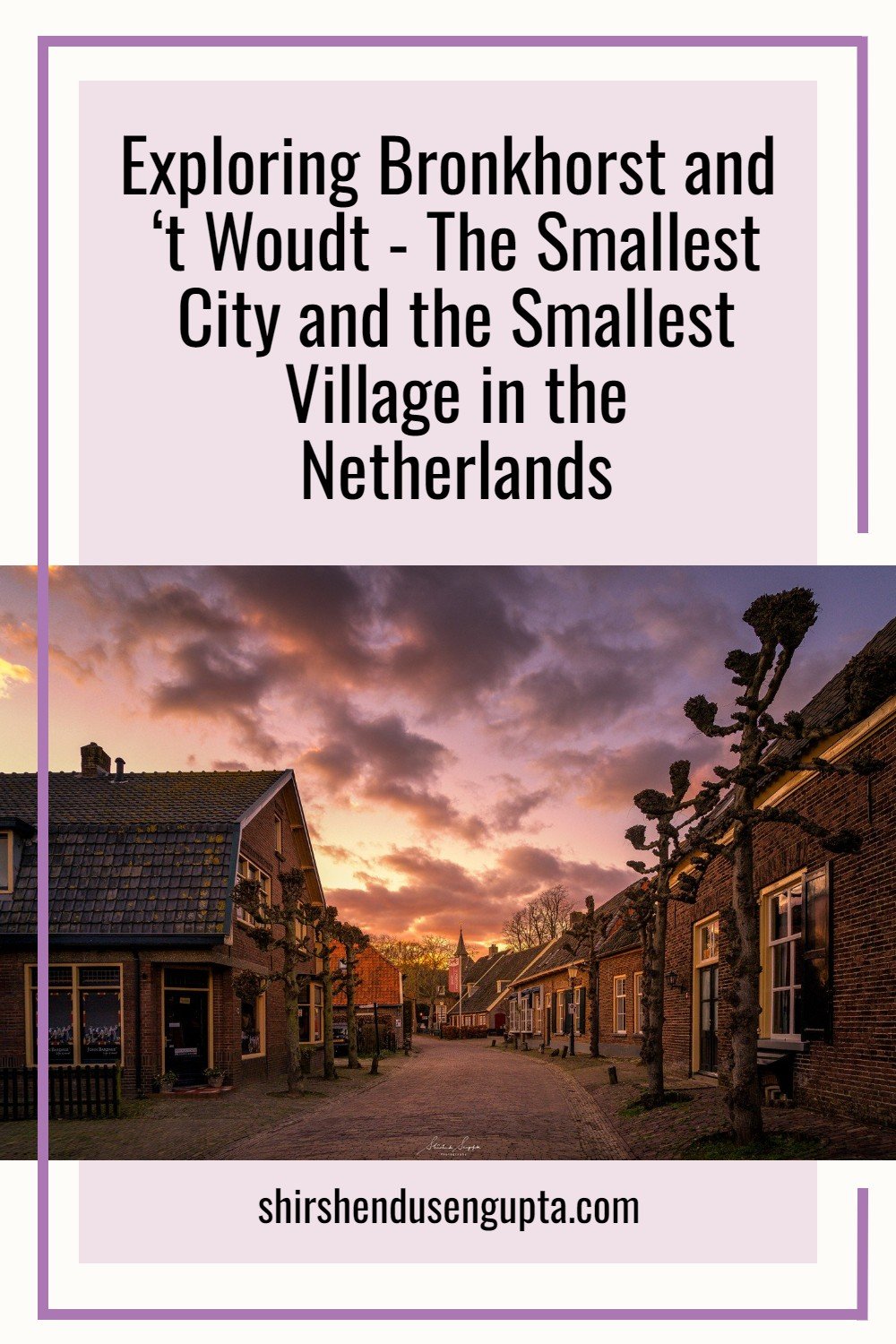
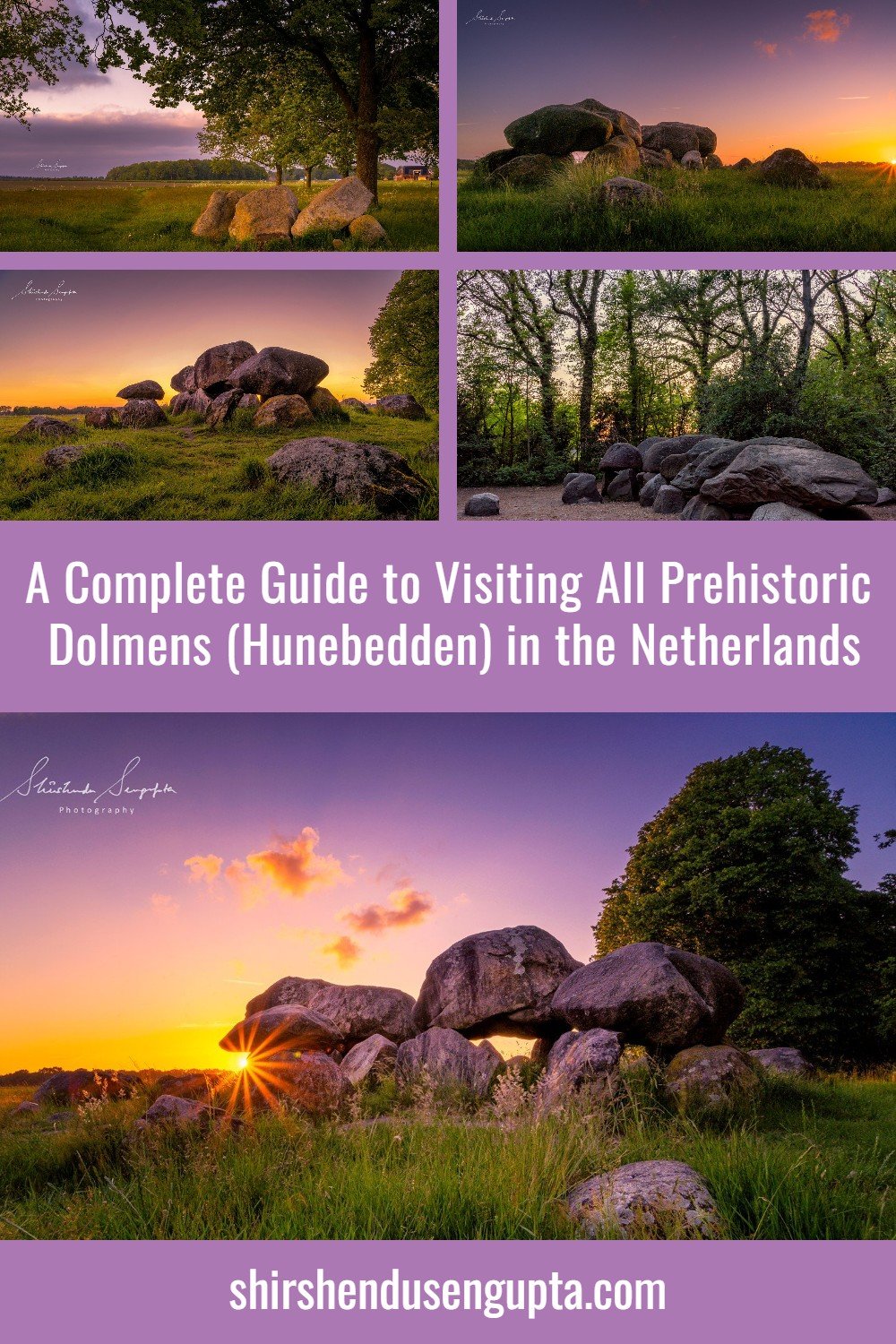
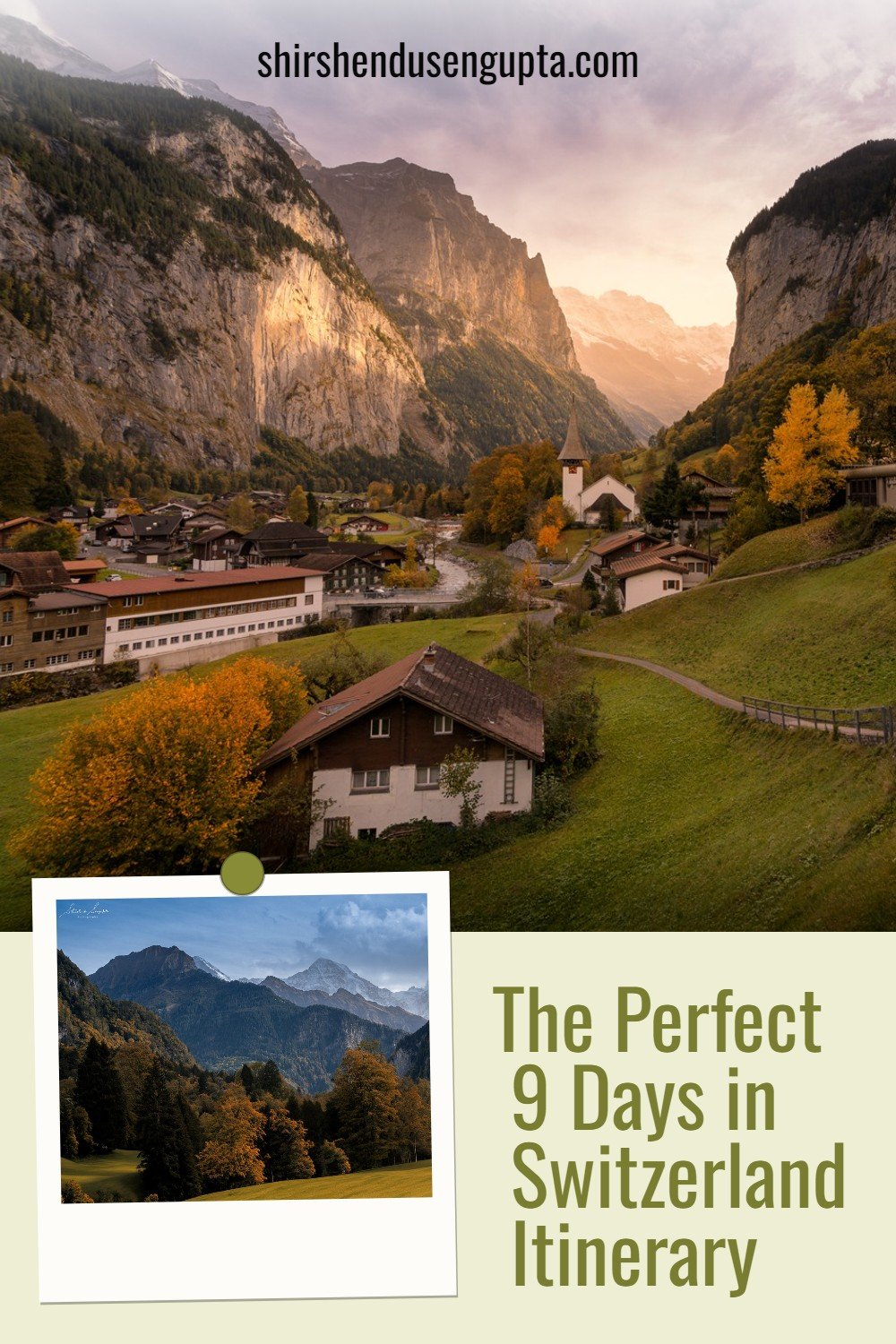
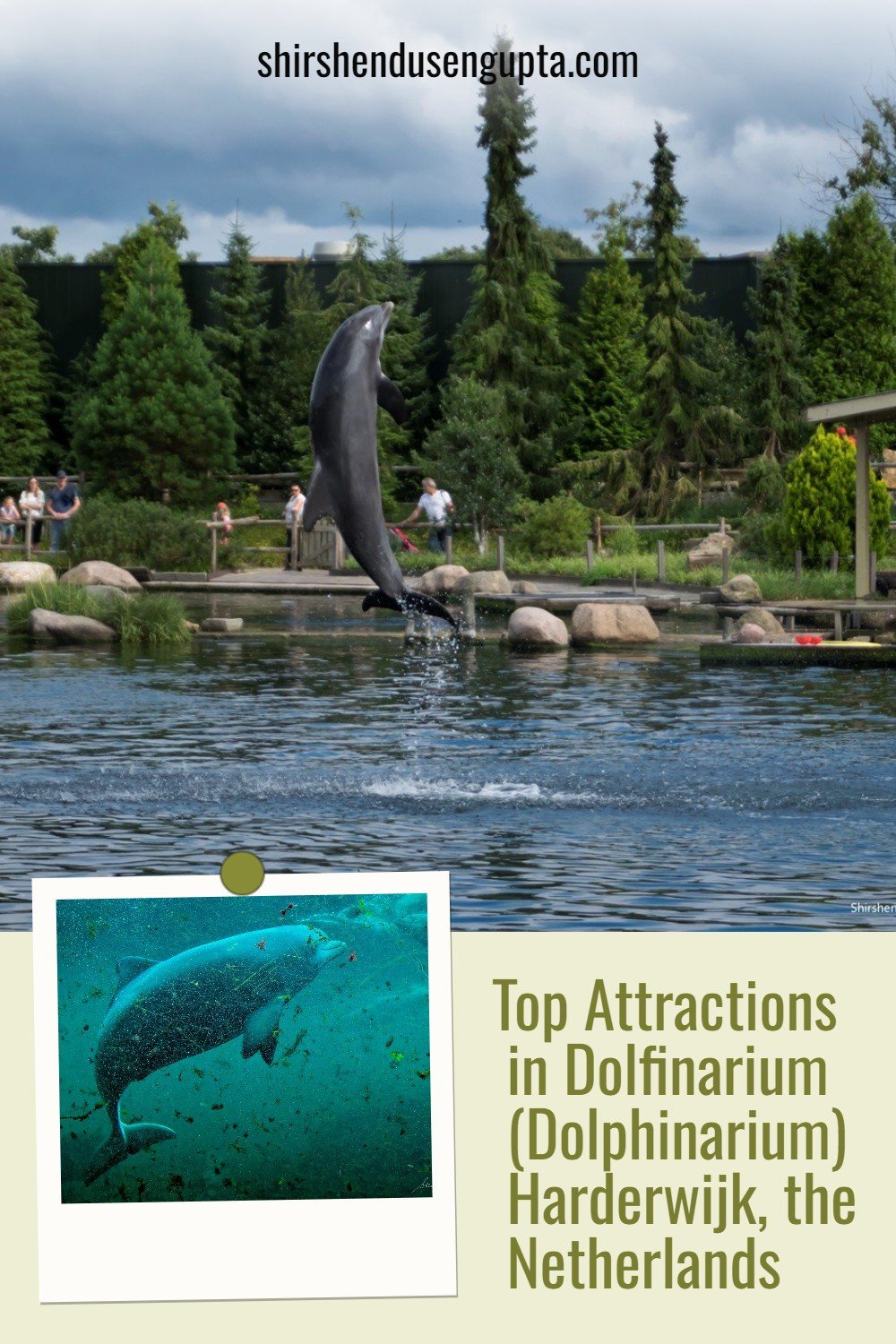

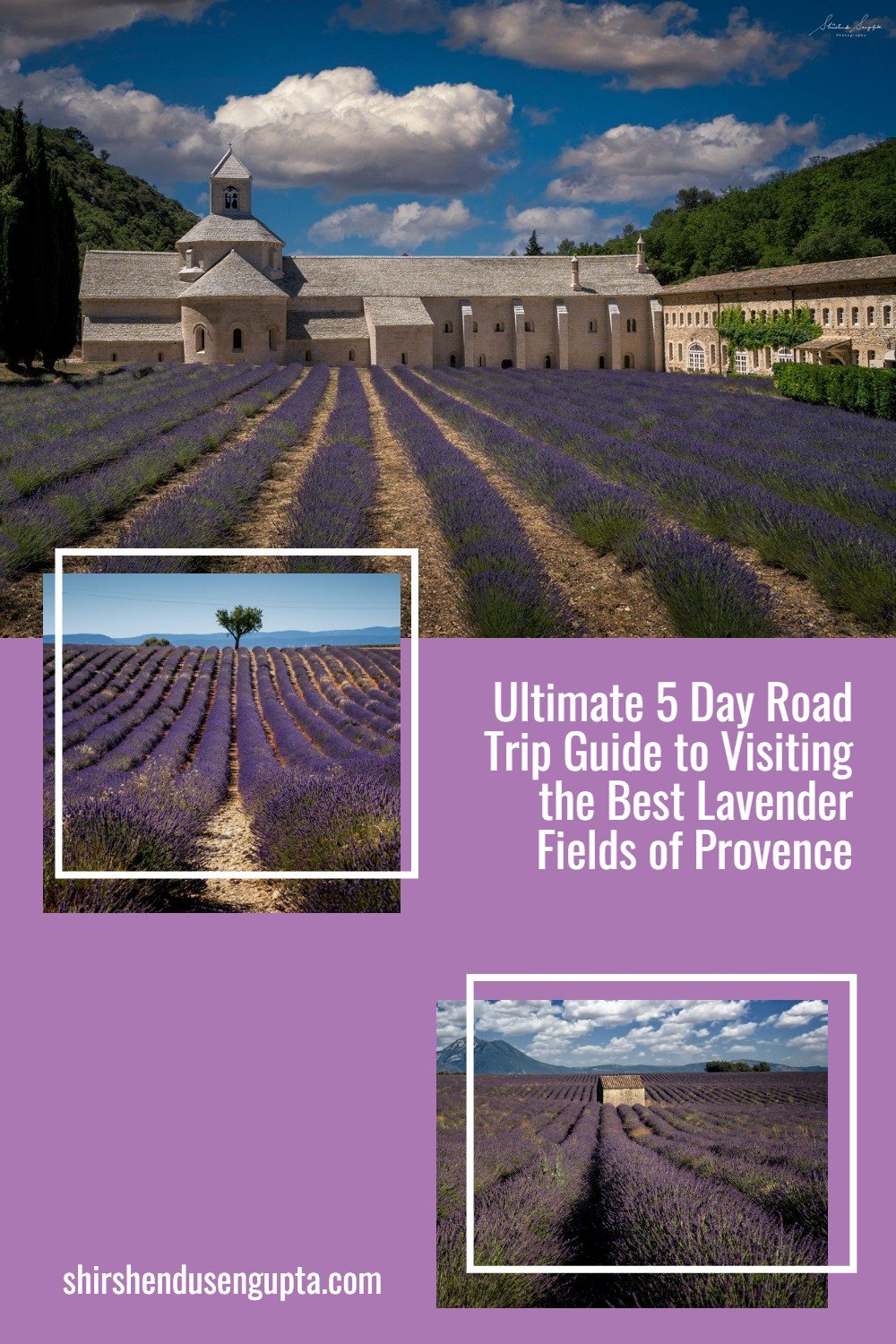
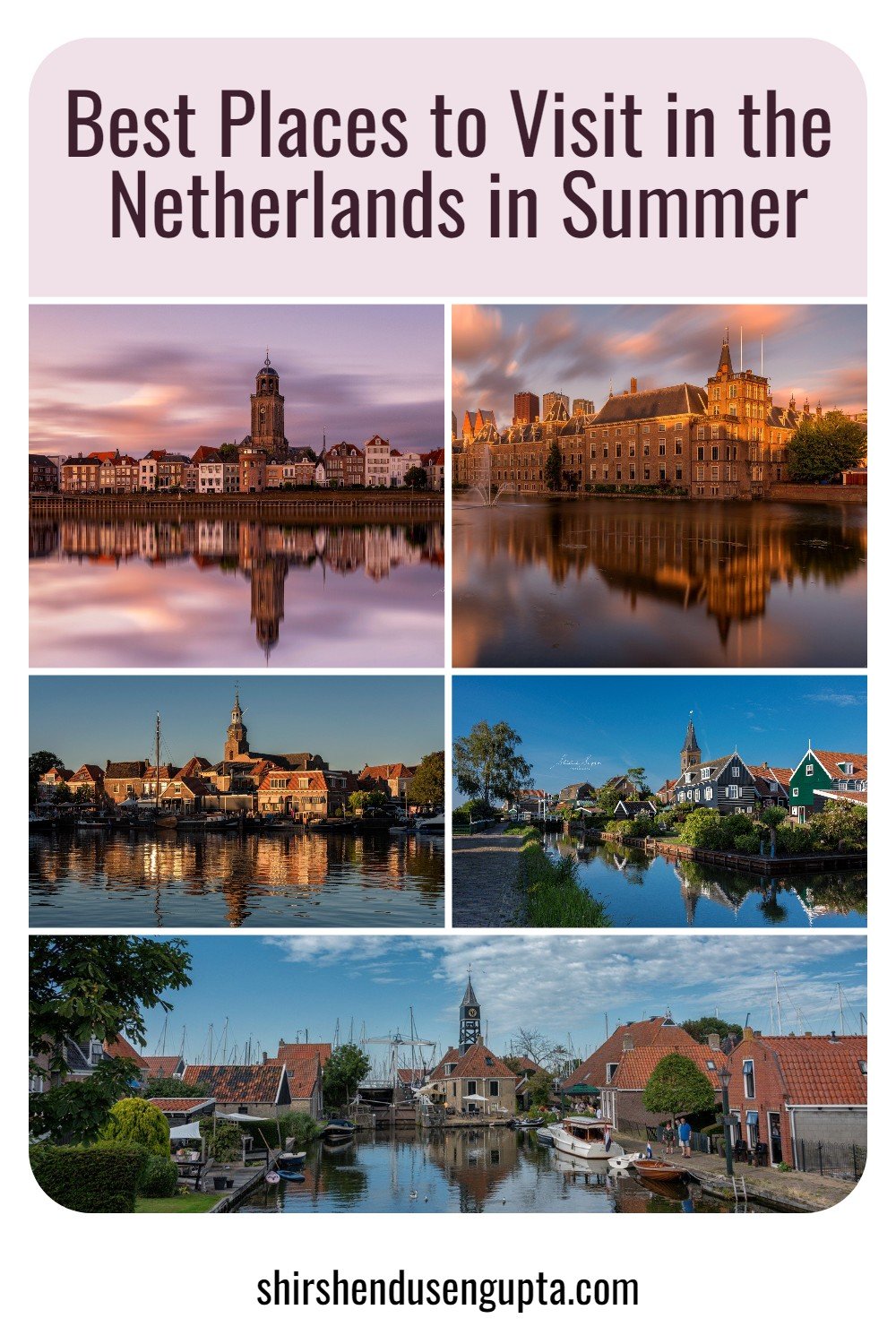
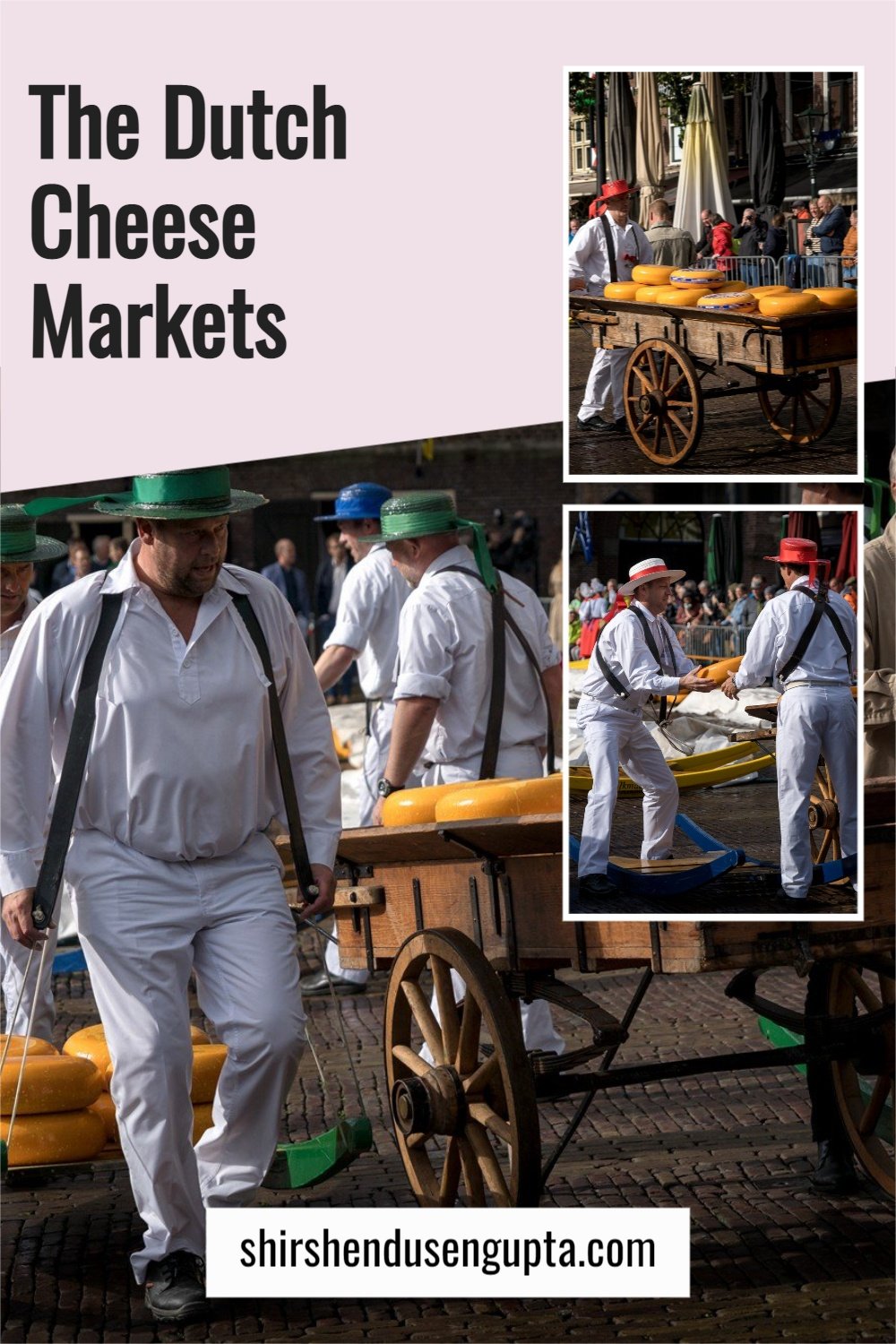
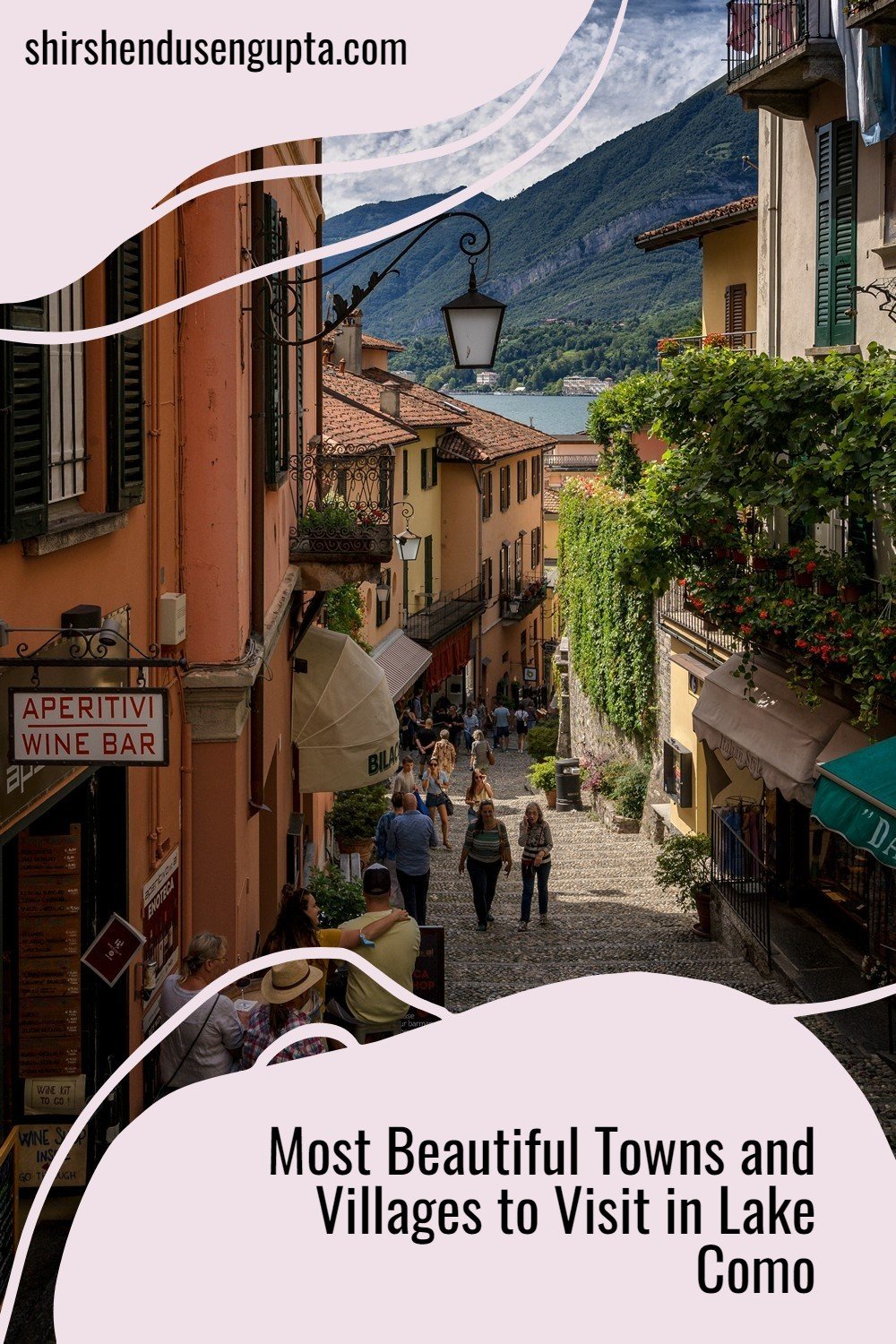
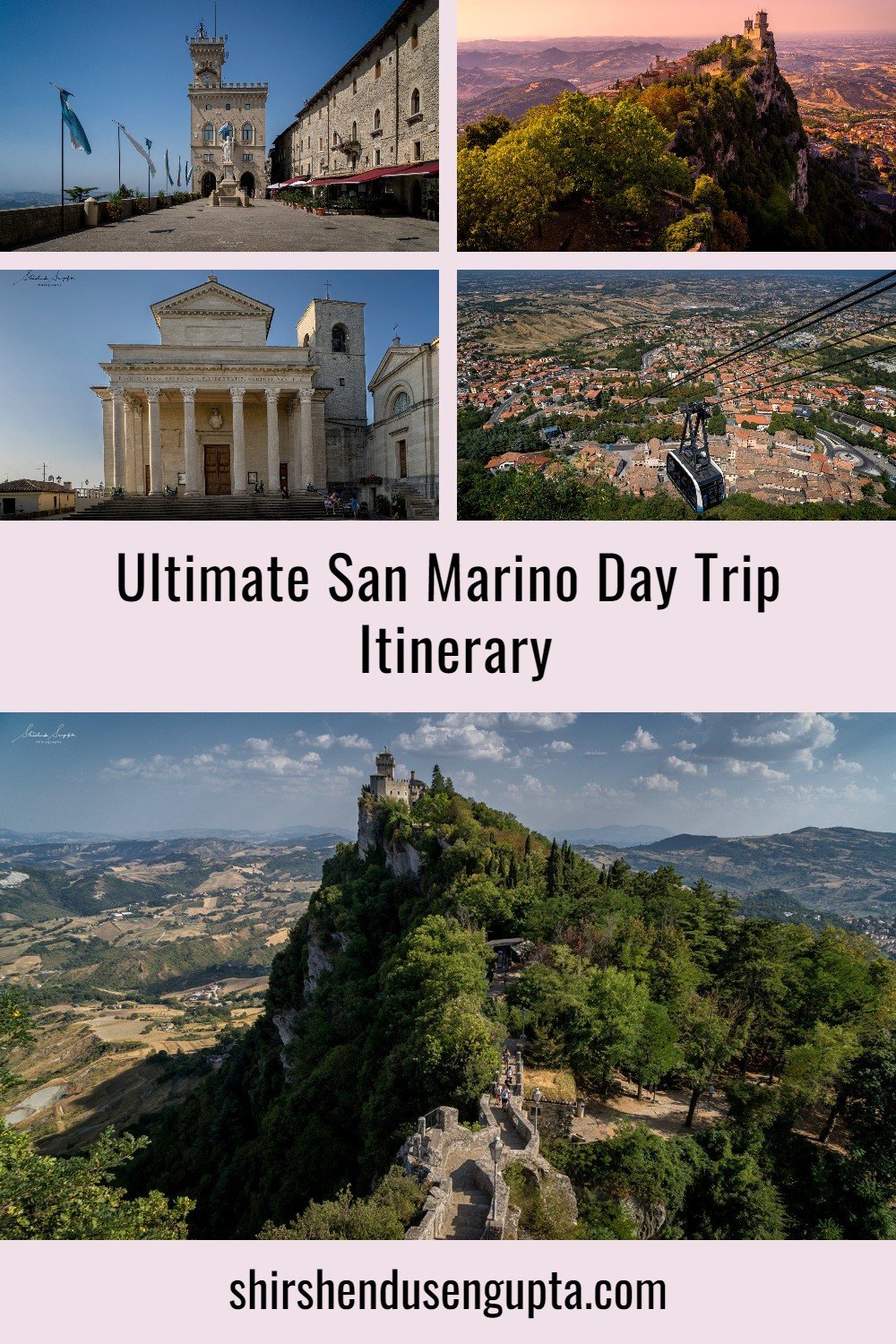
Northern Morocco is where Africa meets Europe, where the Mediterranean kisses the Atlantic, and where history, culture, and landscape collide in vibrant harmony. This region is known for its rich cultural tapestry, rooted in centuries of Berber, Arab, Andalusian, and European influence. From Phoenician traders to Roman conquerors, Islamic dynasties to Spanish and French colonial powers, each era has left behind its imprint in the architecture, art, and spirit of the north.